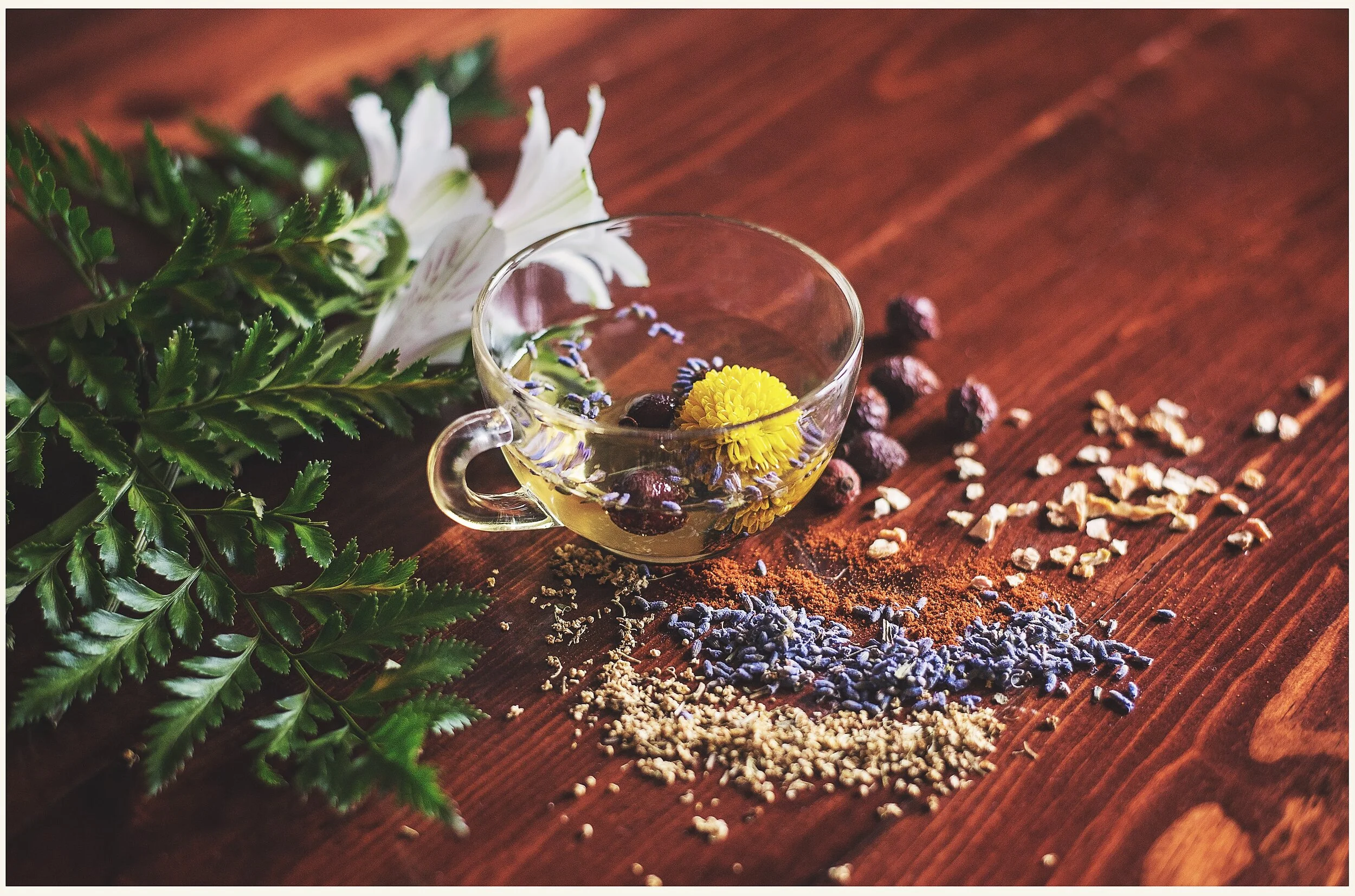General Health Tips
It's important to be active on a daily basis as Kapha types are prone to sluggishness, depression, and being overweight. Getting out of the house and actively seeking new experiences is also recommended. Be receptive to useful change, be intentional in implementing life-enhancing actions. Choose foods that are light, warm, and spicy. Tea with dried ginger and lemon is a great pick-me-up for Kaphas. Avoid heavy oily and processed sugars, which are detrimental to Kaphas. Use lots of spices such as black pepper, ginger, cumin, chili and lots of bitter dark greens.
Exercise
Kapha recommended classes at The Conscious Club
Most of the standing poses are invigorating, especially if you hold them for a longer time. A stimulating, energizing yoga practice is ideal.
We recommend the following type of classes:
Kickboxing
Traditional Hatha Yoga
Slow Flow
Hatha Flow
Vinyasa
Lu Jong Healing Yoga
Kundalini Yoga
Morning Flow
Events:
Kickboxing XL
Sound Journey
Kirtan: The Sound of Yoga
Ayurvedic Lifestyle Class
Sacred Cacao Ceremony
Hip Opener Series
Meditation & Music
Food
Kapha is heavy, cool, oily, and smooth, so eating foods that neutralize these qualities – foods that are light, warm, dry, and rough – can help to balance excess Kapha. When we take a closer look at the qualities of various foods, we will have an improved understanding of these qualities so they can guide you in making specific dietary choices that will better support Kapha:
Favour light and airy over dense and heavy
Favour warm over cool or cold
Favour dry over moist and oily
Favour rough over smooth
Tastes to Favour and Avoid
Emphasize: pungent (spicy, hot), bitter and astringent (flavour of dryness)
Minimize: sweet, sour and salty
How to eat
When it comes to pacifying Kapha, how we eat can have a profound impact on our degree of success. Kapha does well to stick to three square meals per day, and sometimes just two meals are sufficient. It’s also best to eat your meals at consistent times from one day to the next. You can further kindle a sluggish digestive fire about 30 minutes before lunch and dinner by chewing a slice of fresh ginger (about the size of a nickel) with a pinch of sea salt, a few drops of lime juice. This helps to prepare the digestive system to receive food and to process it effectively. During meals, it is very important to eat in a peaceful environment and to give your full attention to the act of being nourished so that your body registers satisfaction. This will help reduce overeating and emotional eating, which often plague Kapha. Fast foods, sweets and excessive amounts of bread and other comfort foods can be especially Kapha provoking.
What to eat
Ayurvedic food combining
Careful food combining can improve the quality of digestion, support the body in receiving a deeper level of nourishment, and positively impact our overall health. The Ayurvedic perspective is that each food has a distinct combination of tastes and energies – and a corresponding affect on both the digestive system and on the body as a whole. Combining foods with radically different energetics can overwhelm the digestive fire and can cause indigestion, fermentation, gas, bloating, and the creation of toxin
Notice which foods you combine that may be difficult to digest together, and how often you indulge in them. Become aware of how you feel afterwards. Do these choices affect your energy level, your digestion, your elimination, the coating on your tongue? Are particular combinations more noticeably influential than others? These are all important pieces of information.
When to eat
Breakfast is often somewhat optional when kapha is elevated. Kapha benefits tremendously from the unforced, overnight fast between dinner and breakfast. If the appetite has not returned upon waking, it’s likely that a light breakfast of fresh fruit or tea will suffice.
Lunch is the main meal of the day, meaning it’s the largest and the most nourishing. Build your lunches around consuming lots of steamed and sautéed vegetables, and compliment them with beans, appropriate grains, non-yeasted breads.
Dinner is ideally significantly smaller and lighter than lunch. Soups and stews are often a wonderful choice because they are warm and nourishing, even when light. A smaller serving of lunch can often work, too. For some, especially when weight loss is indicated, it’s best to forego dinner altogether in favour of a healthy breakfast and lunch, or to eat a more substantial breakfast and make dinner the ultra-light meal of the day.















